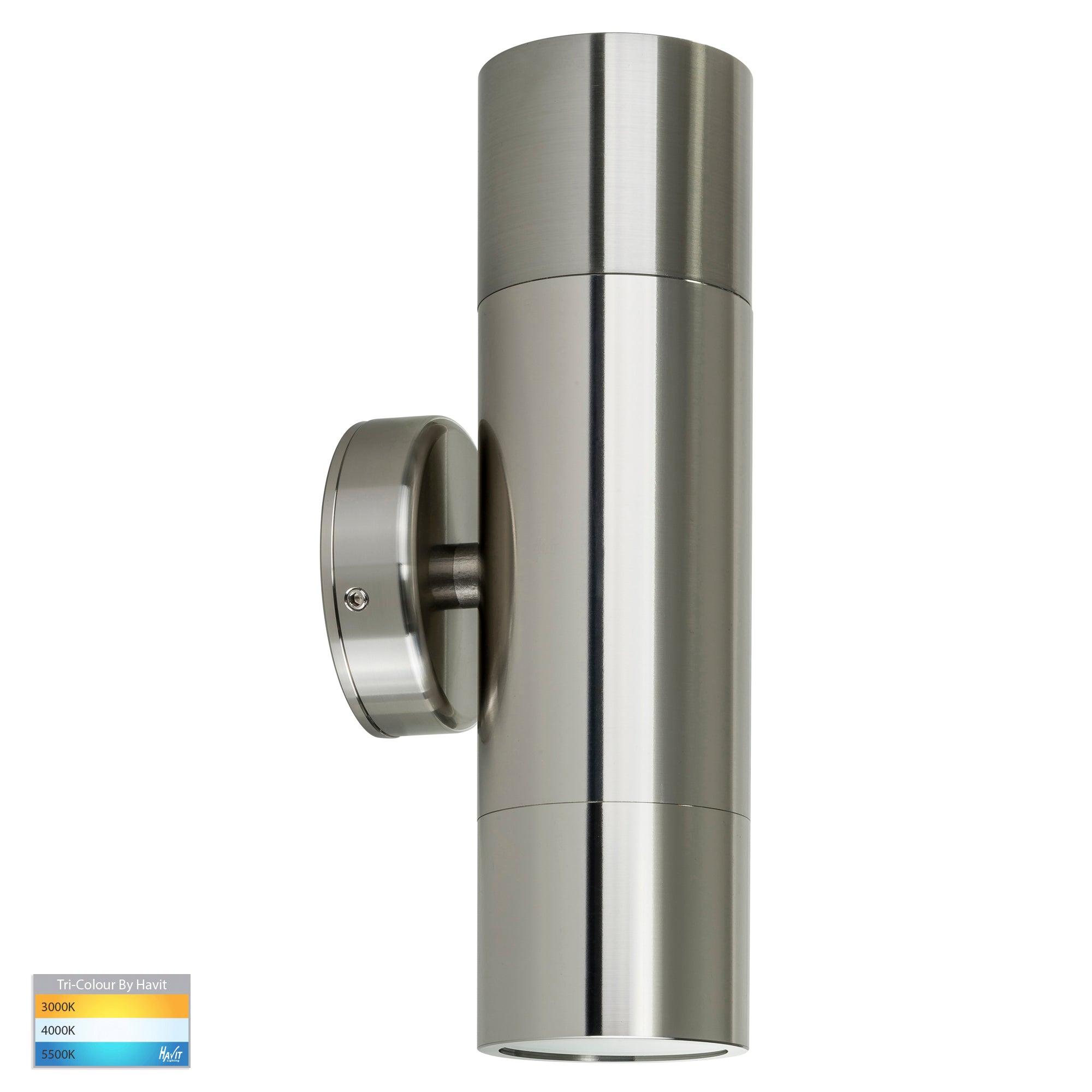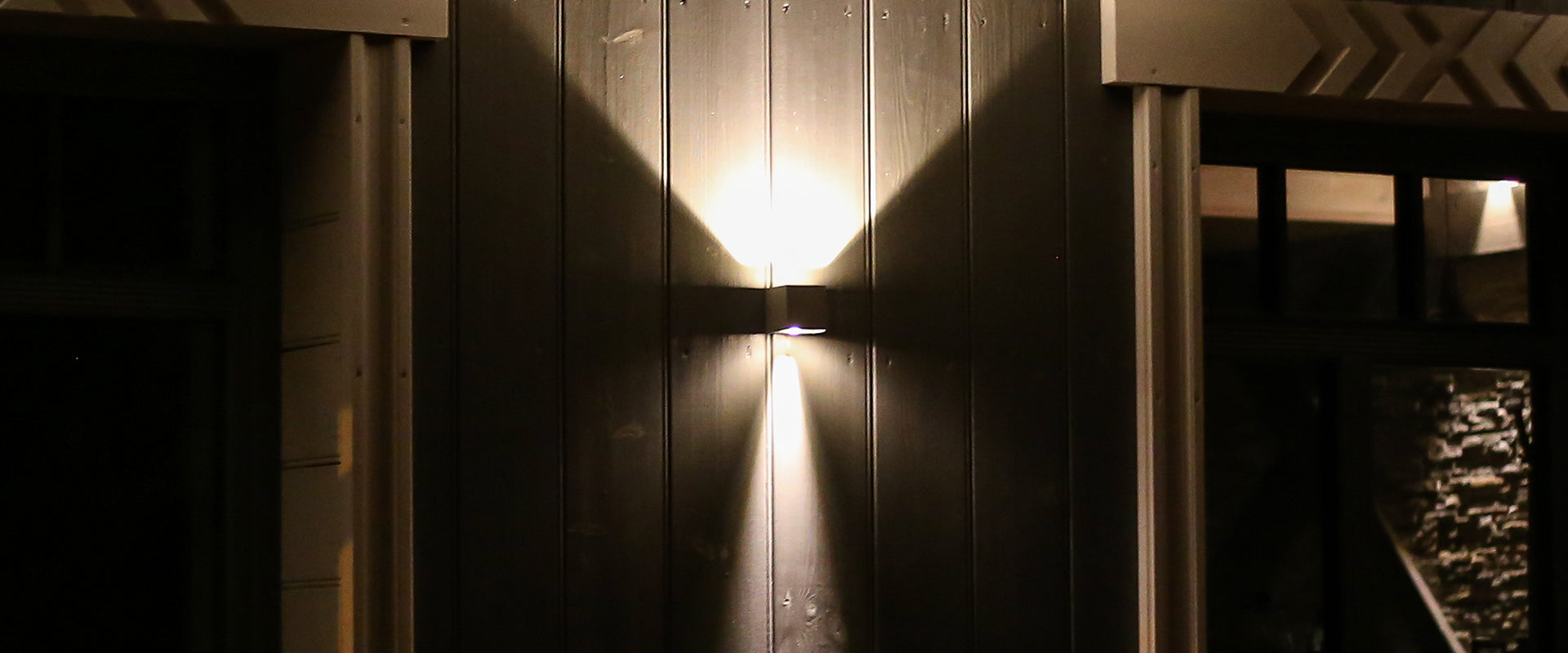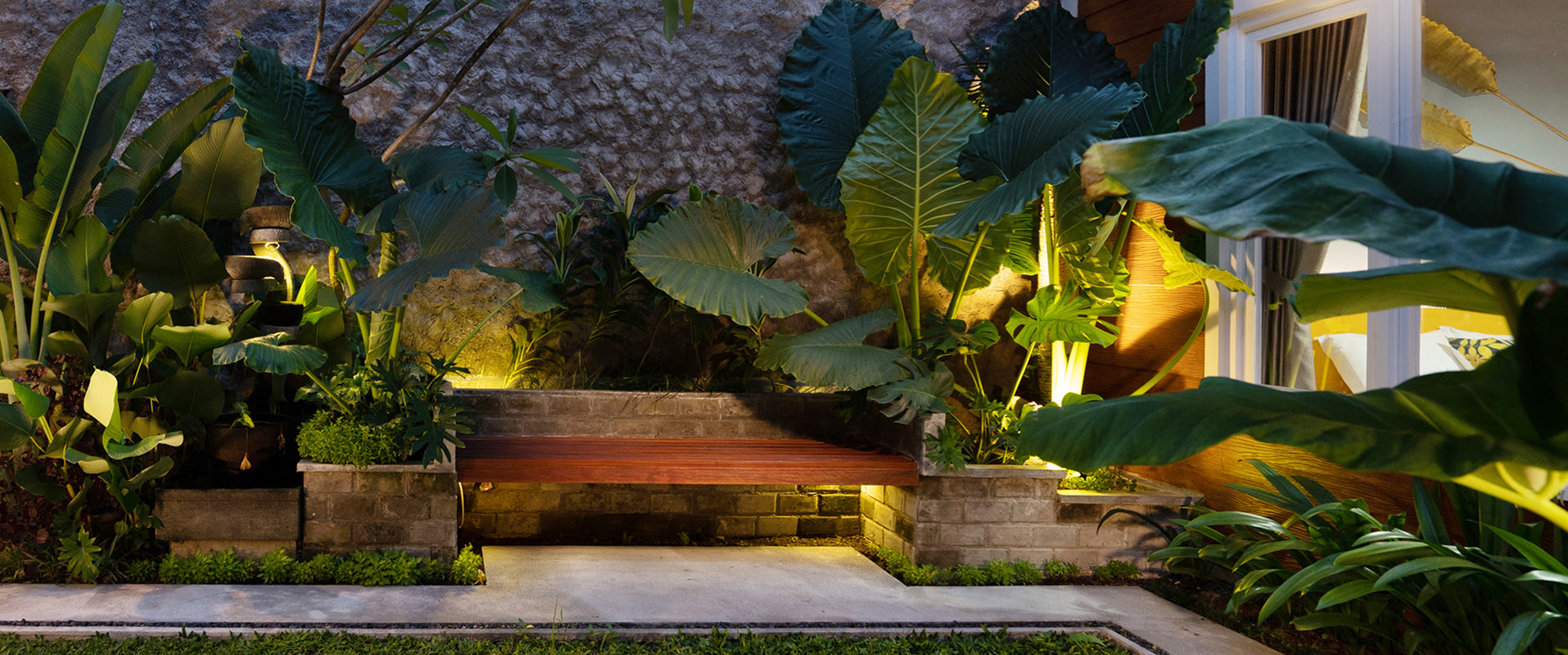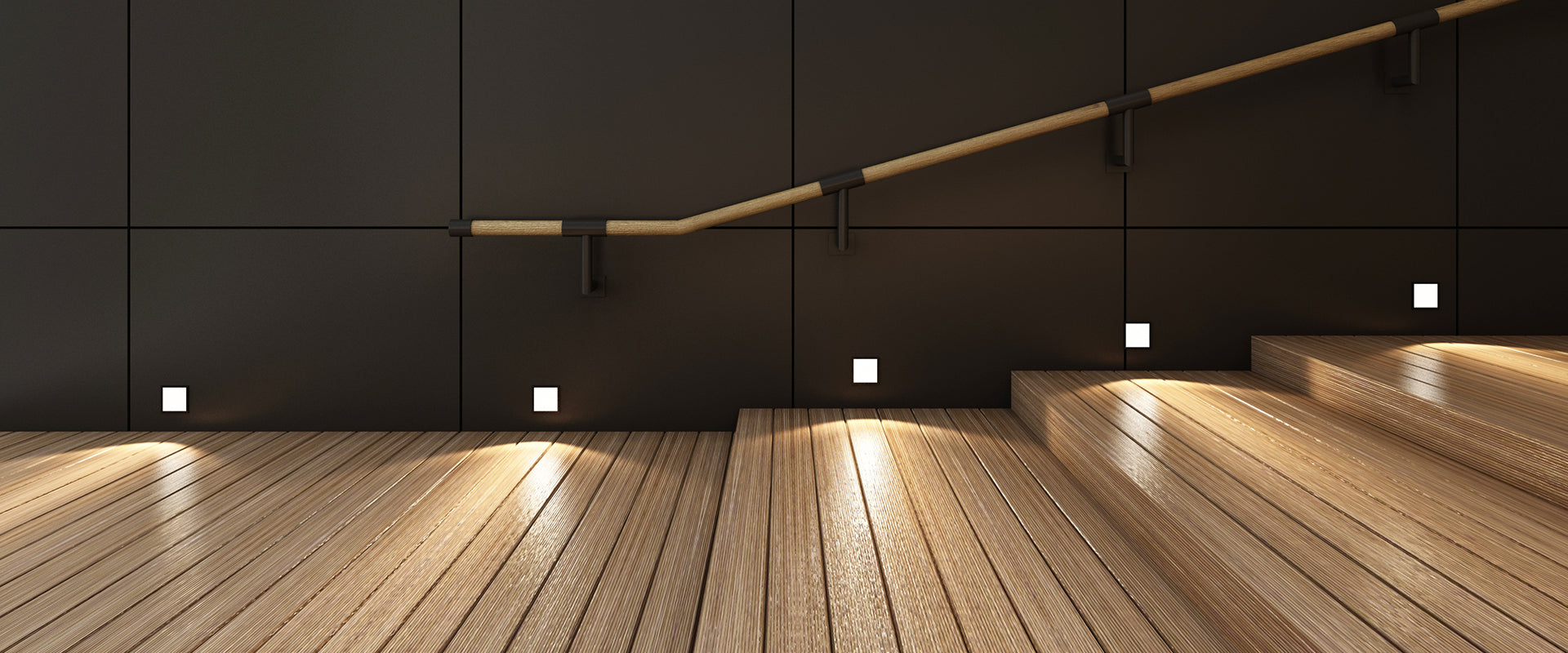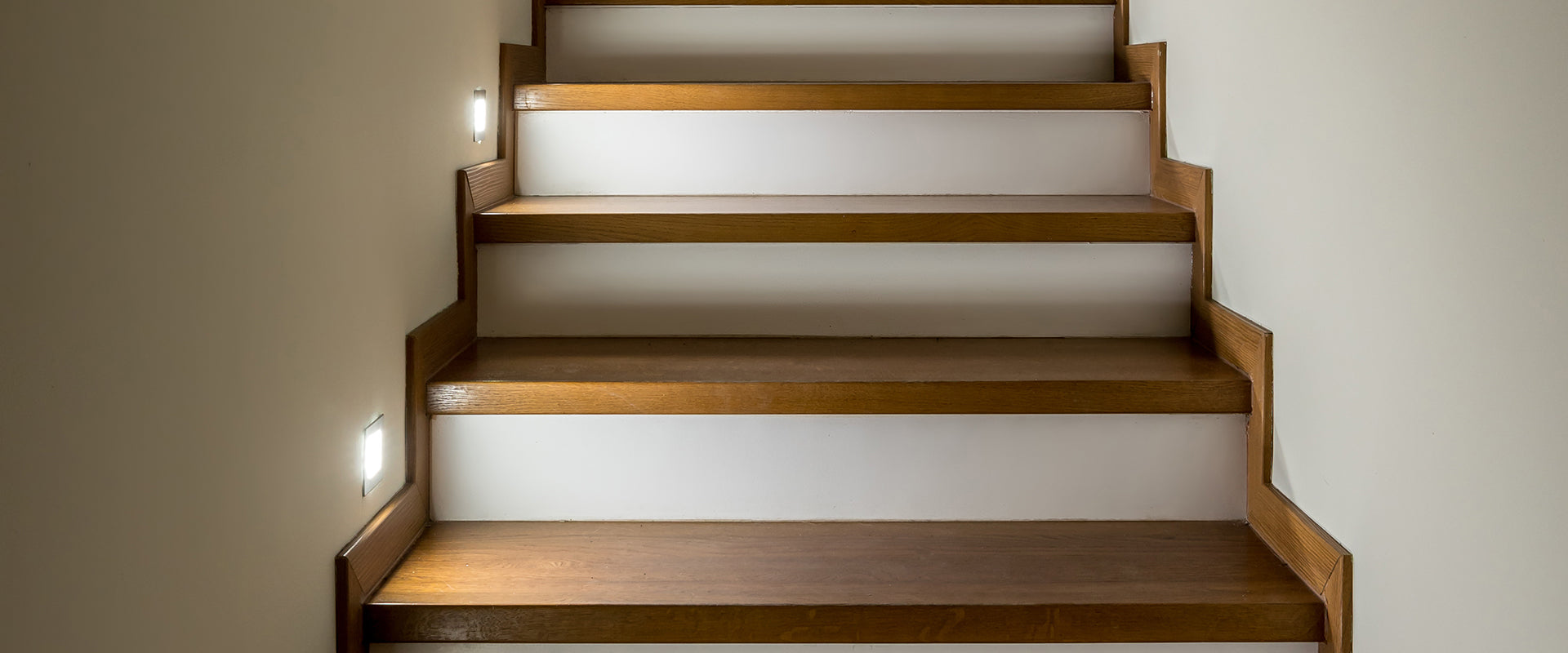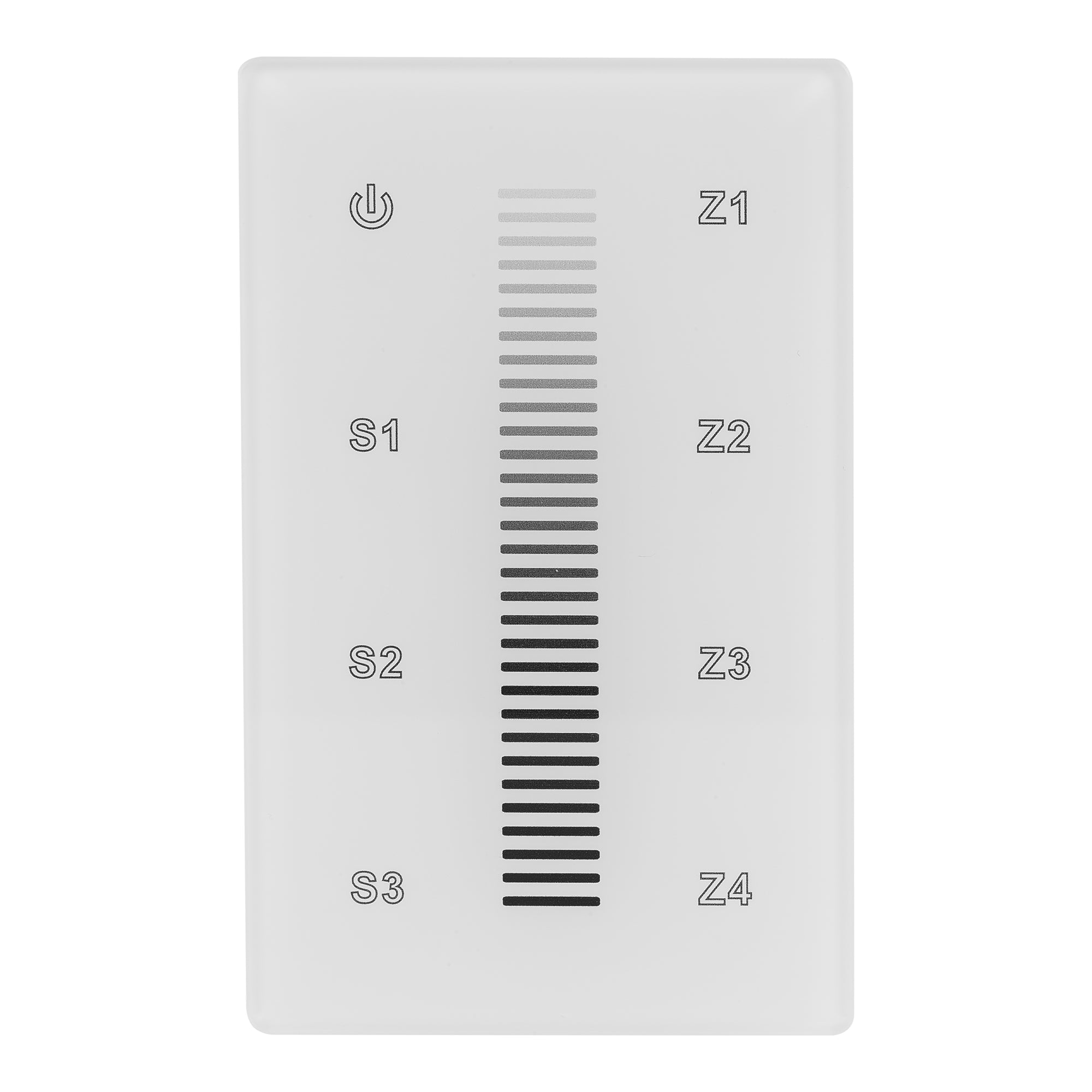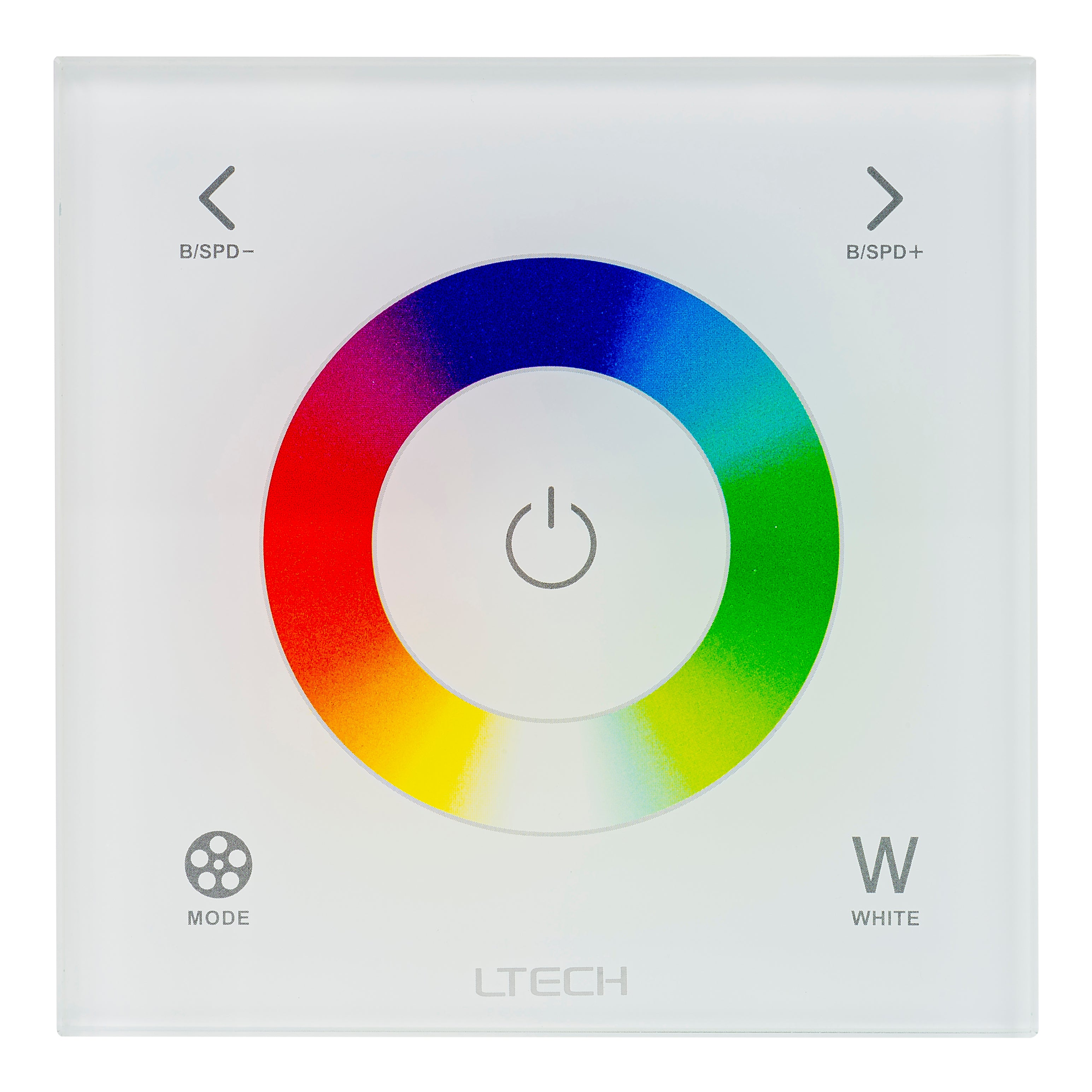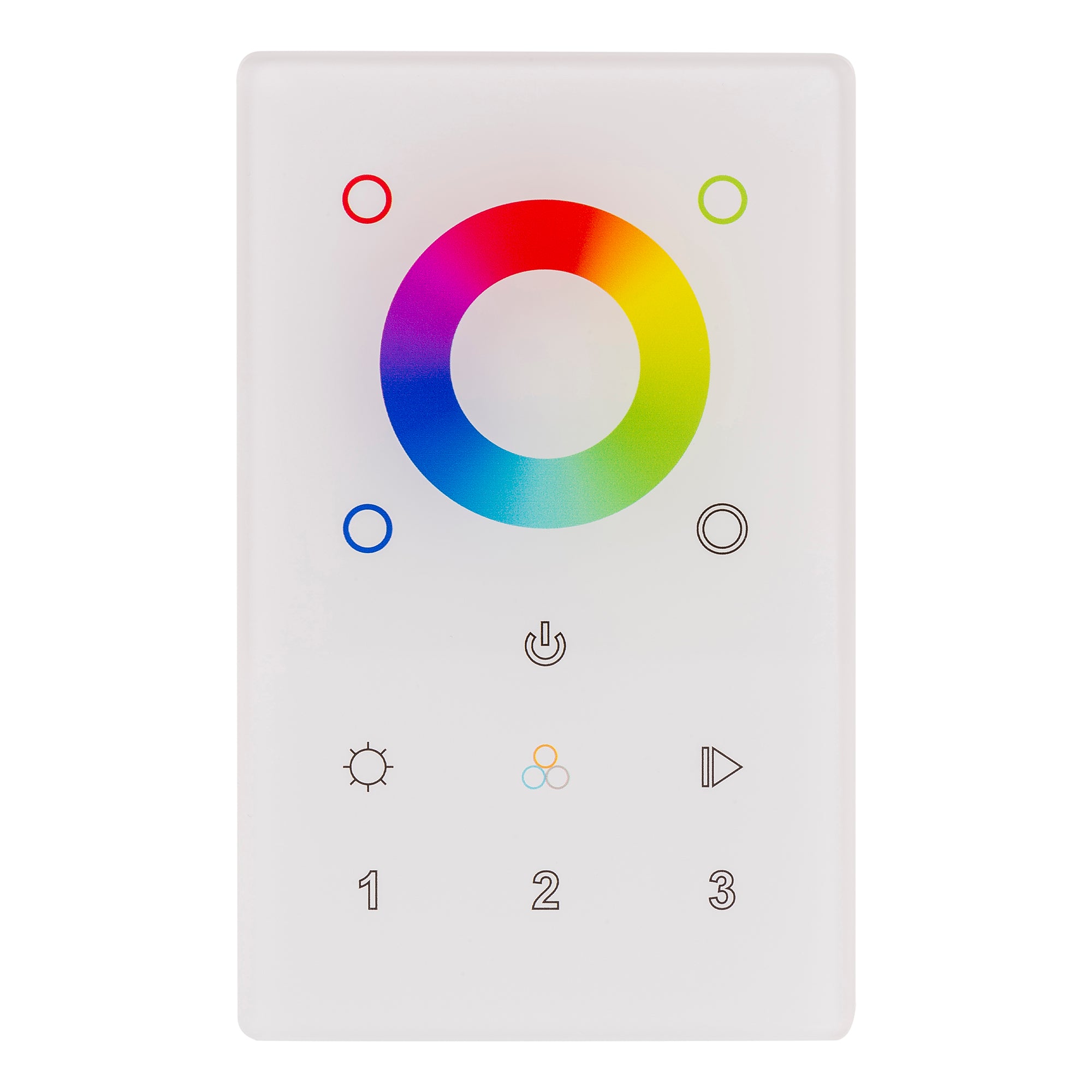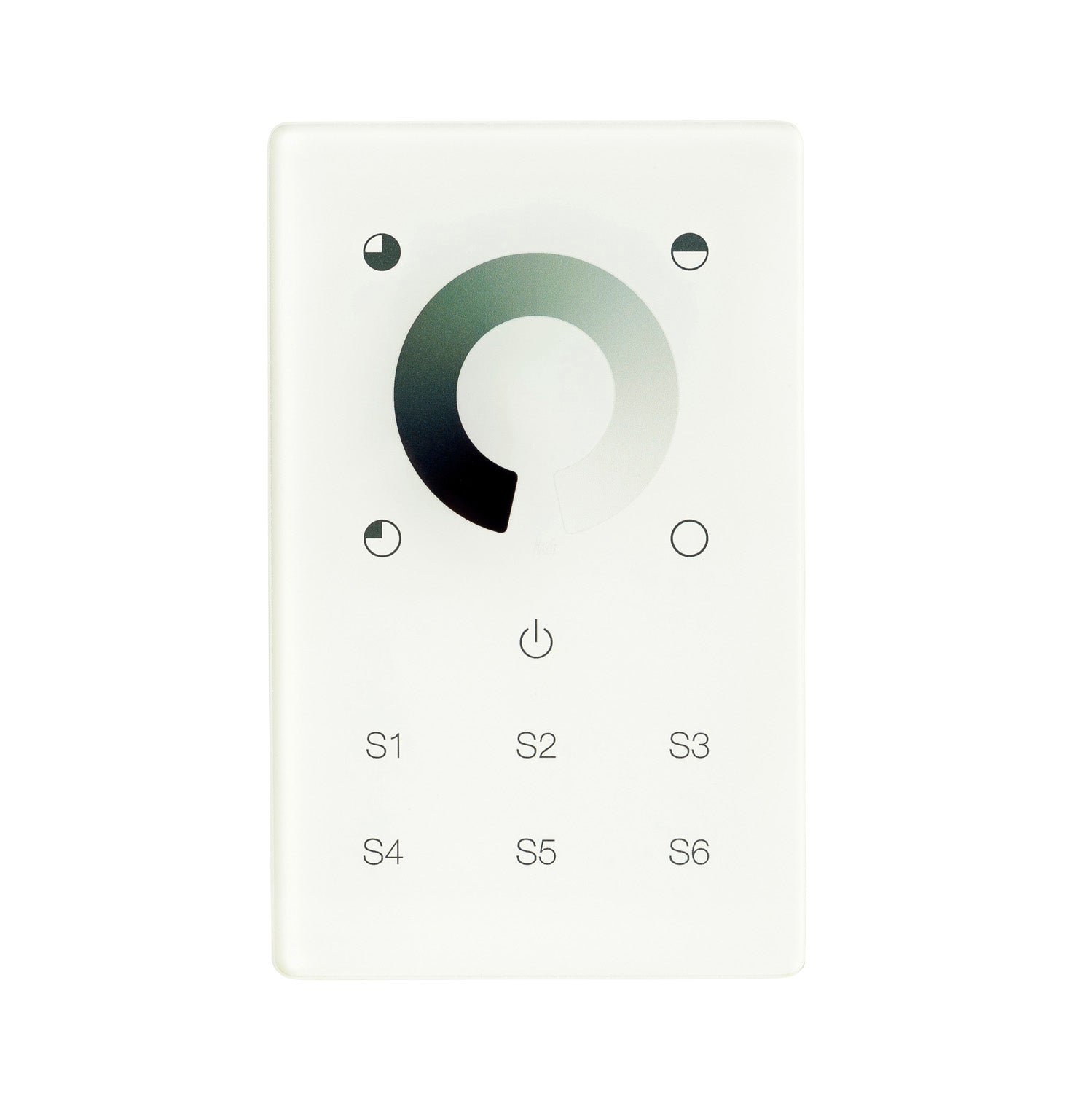What is Dali?
Dali lighting, also known as Digital Addressable Lighting Interface, is a type of lighting control system that allows for individual control of each light fixture in a building. This system uses a digital signal to communicate between the lighting fixtures and the control panel, allowing for precise control and programming of the lighting in a space.
One of the key benefits of Dali lighting is the flexibility it provides in terms of lighting design. With Dali, individual lighting fixtures can be programmed to adjust their brightness, colour, and even directionality, allowing for more creative and dynamic lighting designs. This level of control can be particularly useful in spaces such as art galleries or retail stores where lighting plays a crucial role in showcasing products or artwork.
Dali lighting systems are also highly energy efficient. With the ability to control individual fixtures, it's possible to only use the lighting that's needed in a space, reducing energy consumption and lowering costs. Additionally, Dali lighting systems can be integrated with other building automation systems, such as HVAC and security systems, further optimizing energy usage and creating a more streamlined building management system.
Another benefit of Dali lighting is its ease of use. The digital control system makes it simple to program and adjust lighting settings, and the ability to control individual fixtures means that changes can be made quickly and easily without affecting the rest of the lighting in a space. This can be particularly useful in spaces with changing needs, such as conference rooms or event spaces.
In terms of installation, Dali lighting systems can be more complex than traditional lighting systems. However, with the right expertise and planning, installation can be relatively straightforward. Once installed, Dali lighting systems are highly reliable and require minimal maintenance.
Overall, Dali lighting is a powerful and flexible lighting control system that offers a range of benefits to building owners and managers. From dynamic lighting designs to energy efficiency and ease of use, Dali lighting is a smart choice for a wide range of commercial and industrial applications.
DALI 2, the latest version of the standard, was released in 2019. It builds on the capabilities of the original DALI protocol, introducing new features and improvements to make lighting control more versatile and user-friendly.
One of the most significant improvements in DALI 2 is the inclusion of wireless communication. While the original DALI protocol required a wired connection between lighting fixtures and control devices, DALI 2 allows for wireless control, giving users greater flexibility in configuring and adjusting their lighting systems.
DALI 2 also offers improved interoperability between different lighting fixtures and control devices. With DALI 2, users can mix and match devices from different manufacturers, confident that they will all work together seamlessly. Additionally, DALI 2 introduces new device types, such as sensors and controllers, that can be integrated into lighting systems to provide greater functionality and automation.
Another key feature of DALI 2 is its improved energy efficiency. DALI 2 devices are designed to consume less power than their predecessors, making them more environmentally friendly and cost-effective to operate.
Overall, DALI 2 represents a significant step forward in the evolution of lighting control technology. Its new features and improvements make it a powerful tool for creating versatile and energy-efficient lighting systems in a wide range of environments, from commercial and industrial settings to residential homes.

